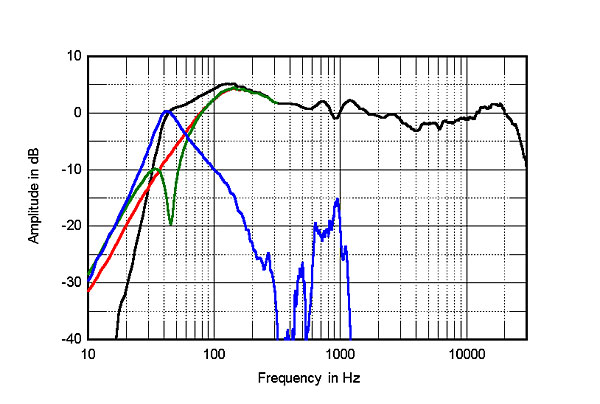I also believe in Harman test they give you sandwiches and a mask over your eyes?

The sandwiches are more important than you might think.
If you have a hot drink during an interview your 10% more likely to give the person the job.
Also, I believe I read a few years back about a large study intended to investigate institutional racism found the largest correlating factor with sentence length given by judges was how recently they had eaten!!
On a separate note: I'm quite settled in my opinion that THD (resulting in IMD) is clearly audible at lower levels than many would suggest in real world situations. In a open field, my compression drivers measuring well under 0.1% THD at 92db are way more revealing on voice than my 0.4% or so at 92 dB focal speakers. Even with the horn crossed over to the bottom half of the same speaker there is no contest. One sounds almost real, the other does not.
Nothing in the system is under -105db distortion, so is unlikely to be a contributing factor to the statement. Yet, this is not obvious on lower quality electronics.
Obviously that was a completely subjective statement, but in a open field, with a switch to instantly A/B with level matching I struggle to final another explanation.
I also find my typical listening level is much higher on a horn with big headroom, particularly on large scale classical. You can hear further into the music with higher levels at lower distortion.

